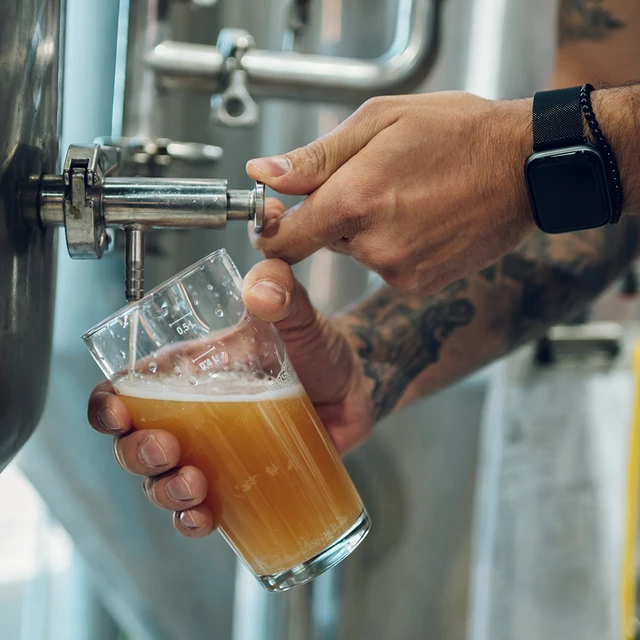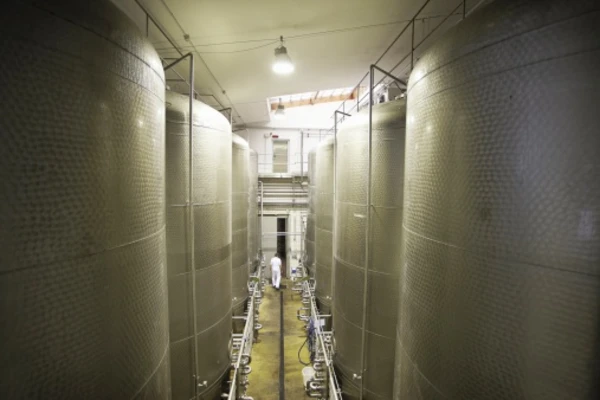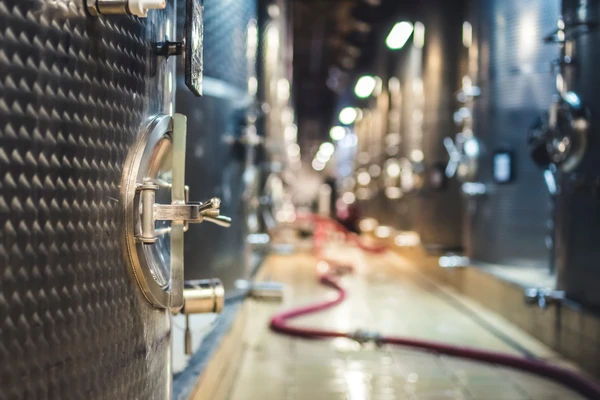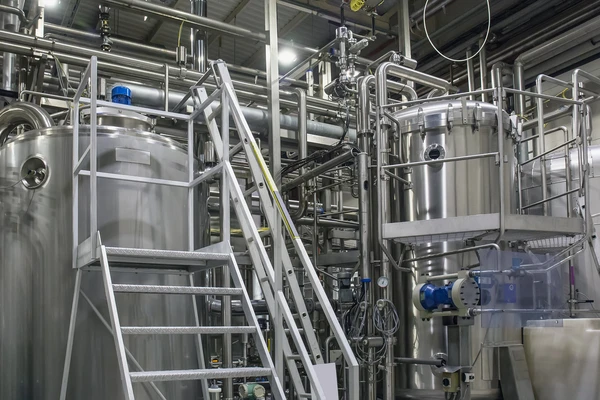Control diacetyl in beer
By controlling diacetyl formation efficiently with enzymes, you can reduce cellar costs and maturation times, and protect the flavor of your beer.
What affects diacetyl removal?
Diacetyl is both a key maturation indicator and the cause of butterscotch off-flavors. It’s, in fact, often ranked as one of the most offensive off-flavors in beer.
Stressful fermentation conditions negatively impact diacetyl removal. Stress can be caused by low levels of FAN (free amino nitrogen) or other essential yeast nutrients, as well as shorter fermentation and maturation times.

Cost-effective flavor protection
Novonesis’ brewing enzymes prevent diacetyl from forming during fermentation by eliminating the precursor. That reduces the maturation time as well as delivering your specified flavor profile.
It also makes for a reliable, predictable process. By controlling diacetyl formation, you can reduce cellar costs and maturation times.
You operate more efficiently, with higher throughput and profits.
Case studies
From launching new beers to optimizing existing recipes and more, our customers have leveraged our solutions to stay ahead. Check out these success stories to explore how they've used our innovations to overcome challenges.

More capital expense or better process?
An international brewer had hit their capacity limit in the fermentation/storage area. They needed to find more capacity to increase volume and meet demand.

Boost brewhouse capacity
A regional brewer wanted to boost brewing capacity without investing in more fermenters. Could they reduce fermentation times, without compromising on beer quality?

Launch of a non-alcoholic IPA in less than three months
Compared to dealcoholization, this brewery found a more cost-efficient and sustainable way to produce a non-alcoholic IPA.

Achieving consistent propagation results
Many brewers experience low consistency from batch to batch in their laboratory propagations from slant to Carlsberg Flask.
Process parameters can be hard to control, resulting in significant variations in important propagation parameters at the end of the propagation process.
Other beer applications
Get in touch.
Have questions? We’d like to hear more about what you need.
One more step…
To complete the get in touch form or sign up, please click on the button below to enable cookies.
